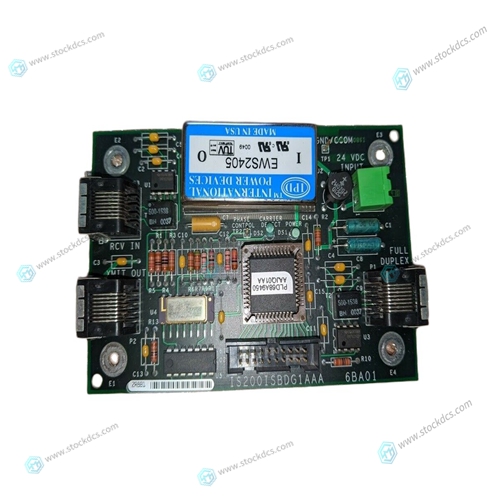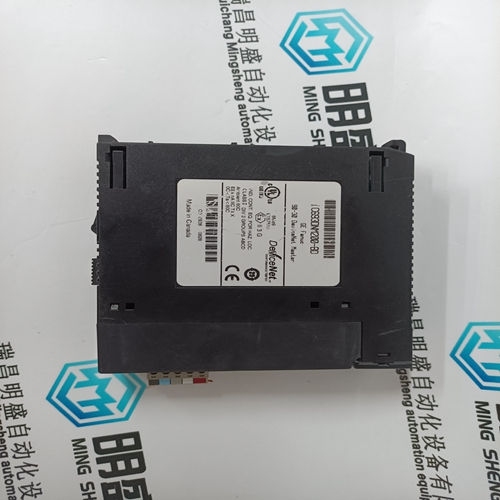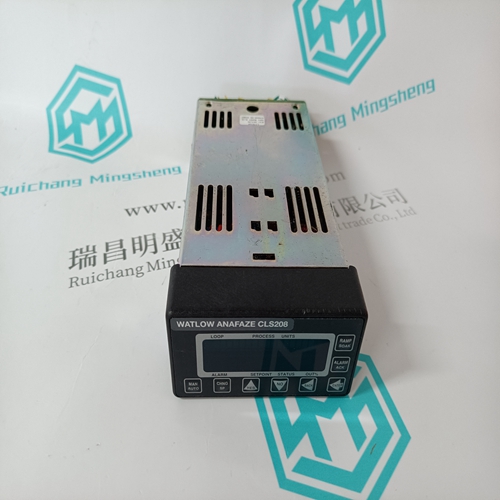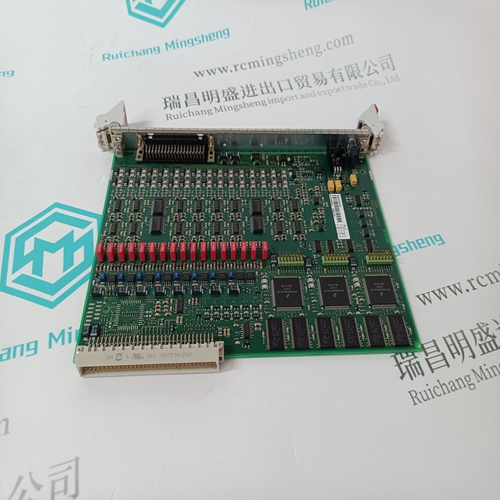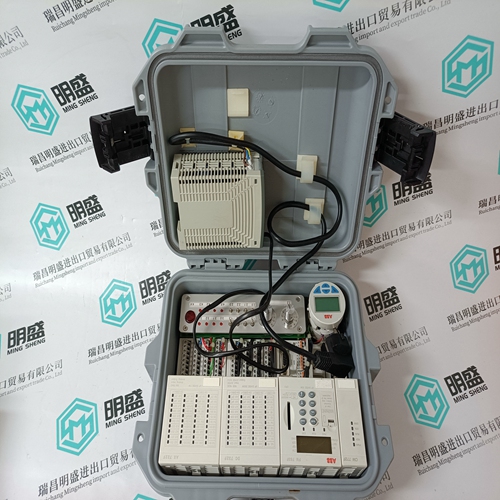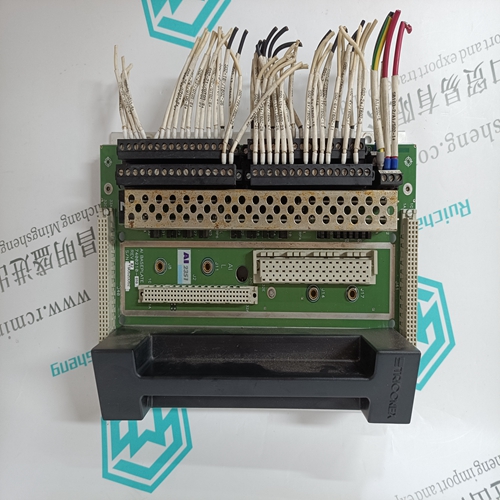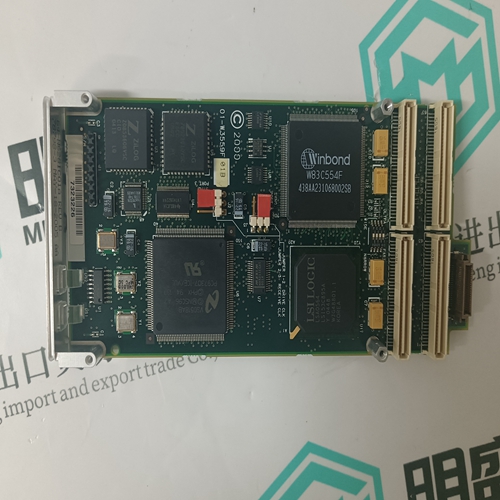Home > Product > Gas turbine system > GE IS200ISBDG1AAA Remote I/o card
GE IS200ISBDG1AAA Remote I/o card
- Product ID: IS200ISBDG1AAA
- Brand: GE
- Place of origin: The United States
- Goods status: new/used
- Delivery date: stock
- The quality assurance period: 365 days
- Phone/WhatsApp/WeChat:+86 15270269218
- Email:stodcdcs@gmail.com
- Tags:GEIS200ISBDG1AAARemote I/o card
- Get the latest price:Click to consult
GE IS200ISBDG1AAA Remote I/o card
If the Slave will appear on an Ethernet port, it is packaged in Internet Protocol (IP). The IP layer must be established before Modbus data can be delivered. The CI can either set up a TCP/IP connection itself or await a call from the remote end. This connection will probably be to a terminal server, and it may require trial and error and a close look at the terminal server configuration to find whether it is expecting to set up or wait for connection. The default port used for Modbus on the CI is 2000; although this may be changed it is rarely necessary (only if port 2000 is used elsewhere). If the CI is to initiate the connection, enter the IP address of the remote end. Port 502 is reserved for the Modicon Open TCP Modbus protocol. The Slave port should be set to 502 if this protocol is to be used. This protocol is only available as a Modbus Slave. The settings above relate to each individual Slave. The following settings are common to the operation of Modbus Slaves.
Connection Timeout
‘Connection Timeout’ should be left at the default of ‘Disconnect after 300 seconds’. This allows Ethernet based Slaves to recover properly after a lost connection. 300 seconds is appropriate for communications where cable breaks are not normally expected (e.g. not involving a modem or other link likely to disconnect). The TCP/IP stack does not detect the loss of Modbus communications caused by a pulled connection or cable break. A broken connection will not be seen by the TCP/IP stack, and will be retained as a valid connection. When the broken connection is recovered, the Modbus Master may resume communications using the existing connection, but it is more likely to establish a new connection. Each re-connection consumes one of the available connections.
SOE over Modbus
The SOE over Modbus protocol allows buffered transfer of events via a CI Modbus Slave. This protocol provides access to the SOE buffer events (but not Process Historian), over a Modbus data link, for where the default OPC server/SOE collector protocols prove too slow. However, SOE over Modbus protocol requires an application in the Modbus Master (remote end) to read, interact with and interpret the buffer, and assign event data to variables. For more information on events and their configuration, see product description PD-T8013. If this occurs on a regular basis, all the available connections will be consumed and no further connection will be possible. On early CIs that do not recognise the connection timeout setting, removing and re-inserting the CI and rebooting it will recover the available connections.







Our superior products
ABB -- AC 800M controller, Bailey, PM866 controller, IGCT silicon controlled 5SHY 3BHB01 3BHEO0 3HNA00 DSOC series
BENTLY --- 3500 system/proximitor, front and rear cards, sensors, power modules, probes, cables
Emerson -- modbus card, power panel, controller, power supply, base, power module, switch
EPRO --- Data acquisition module, probe, speed sensor, vibration sensor, shaft vibration transmitter, proximitor
FOXBORO - thermal resistance input/output module, power module, communication module, cable, controller, switch
GE --- module, air switch, I/O module, display, CPU module, power module, converter, CPU board, Ethernet module, integrated protection device, power module, gas turbine card
HIMA --- DI module, processor module, AI card, pulse encoder
Honeywell --- Secure digital output card, program module, analog input card, CPU module, FIM card
MOOG - servo valve, controller, module, power module
NI --- Information acquisition card, PXI module, card, chassis multi-channel control card
WESTINGHOUSE --- RTD thermal resistance input module, AI/AO/DI/DO module, power module, control module, base module
Woodward - Regulator, module, controller, governor
YOKOGAWA - Servo module, control cabinet node unit
